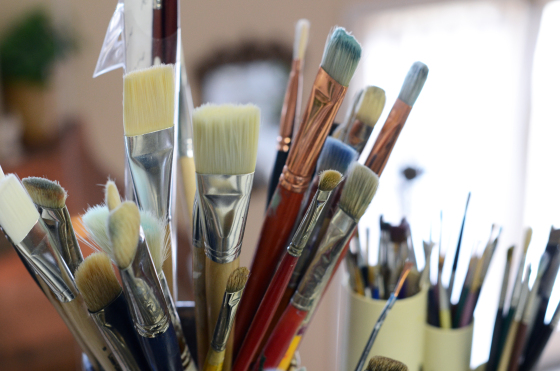Painting is a form of art, a type of an aesthetic mode that is used by an artist to manifest his creativity and concepts. India has a long history of painting and let’s have an insight into the basics of painting as they have been practiced in our country for centuries. A short look at must have painting tools for beginners who want to try his hand at painting
Indian art was/is still based on six prime principles called “Shadanga” or the “Six Limbs” of painting-

“Roopabhedah pramanani bhava-lavanya-yojanam |
Sadrishyam varnakabhangam iti chitram shadakam ||”
In his book “History of Indian and Indonesian Art”, Ananda K. Coomaraswamy has translated the Six limbs as –
Rupabheda– The knowledge of appearances and looks. ‘Roop’ means the outer form of the subject and ‘Bheda’ means difference i.e the artist should know the different forms of the depiction of the external appearances.
Pramanam– Accuracy in perception, measure and structure. This principle asks the artist to develop his skills in such a manner that his art piece provides an insight into the structural anatomy of the subject. For example, to paint an ocean the artist should have a sense of proportion in order to produce the effect of depth.
Bhava– Adding feeling or emotions to the lifeless painting. This is a very crucial skill.
Lavanya Yojanam- Blending grace in the painting. Lavanya Yojanam controls the overexpression of both pramanam and bhava. The main aim is to beautify the painting.
Sadrisyam– Resemblance or Similitude. It’s the degree to which an artist’s painting matches with his idea or vision. For instance, if he wants to compare a woman’s face with a moon then he cannot paint a moon in place of her face, he’ll have to delineate accordingly to show that resemblance.
Varnikabhanga– An Artistic way of using the brush and colours. This principle is about the way the strokes have to be applied to the base and it’s about the knowledge that the artist has about the different colours. This skill develops with practice and experience.
Painting tools- Let us go through the tools that a beginner must possess in order pursue his interest in painting work.
1) Support/Base

It is the surface on which the paintings are done. It may be a wall, ceiling, canvas, wood, glass etc. For instance, the mural paintings of Ajanta caves involving the Fresco method are on the walls and ceilings of the caves. It’s not easy to paint dark stain wood like a pro for this you need a professional hand.
2)Paints
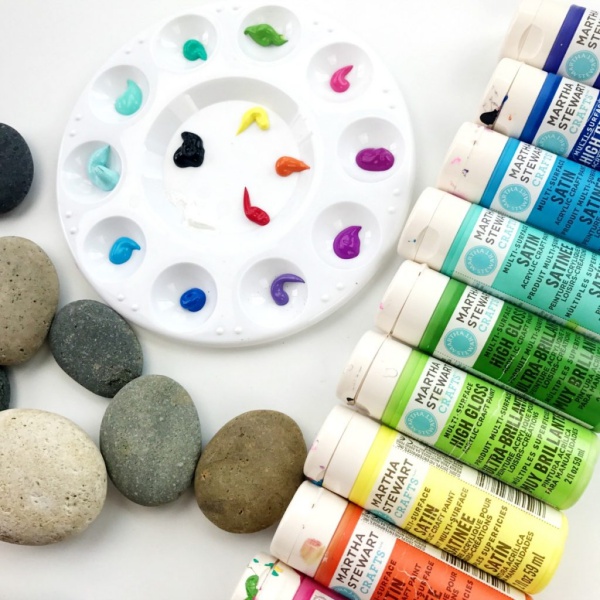
Paints are usually known by the medium in which the pigments are suspended/dissolved/embedded. For example, in watercolours, the pigments are suspended in a water-soluble medium. Similarly, the oil paints use oil as the suspending medium. Other types of paints include- Acrylic, Pastel, Ink, Hot wax etc.
3)Brushes
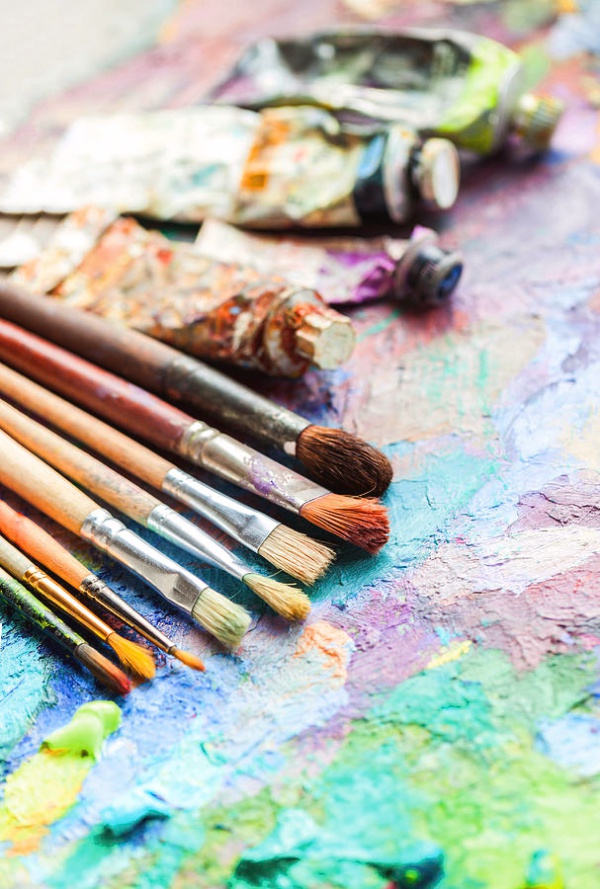
They are used to apply paint. There are many types of artist’s brushes-round, flat, filbert, mop, Egbert, bright, dagger, scripts, liner, stippler, fan etc. Each style has a series of sizes like starting from 20/0, 12/0, 10/0, 7/0, 6/0, 5/0, 4/0 (also written 0000), 000, 00, 0, 1, 2, 3, 4, 5, 6, 7, 8, 9, 10, 11, 12, 13, 14, 16, 18, 20, 22, 24, 25, 26, 28, 30 in smallest to largest order. Similarly, there are other categories of brushes – decorative brushes and trade painter’s brushes, each having subtypes and size series. you can also use your hands to paint this method helps to increase kids interest in painting.
4)Mahl Stick Painting Tools For Beginners
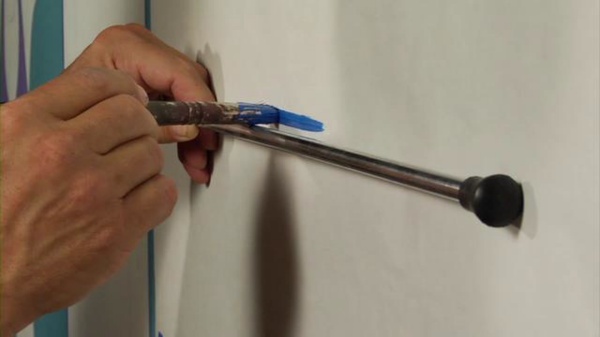
It’s a padded stick that supports the hand holding the brush while painting. Leather padding is preferred over rubber padding as it is not slippery.
5)Easel Painting Tools For Beginners
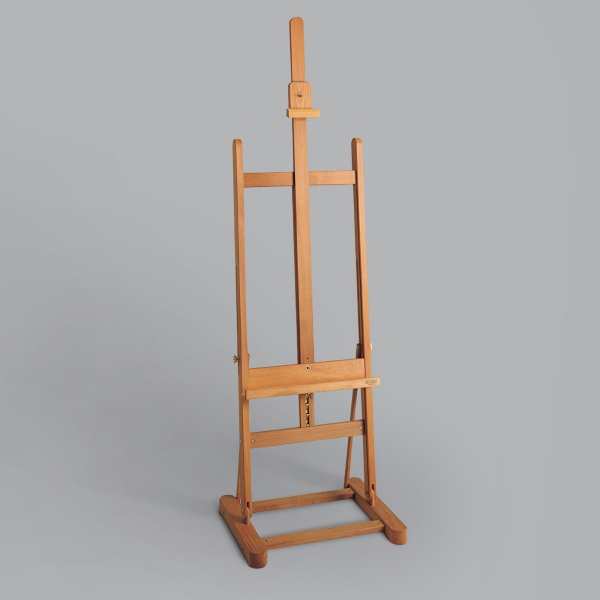
The frame that holds the support(canvas, wood, paper) while the artist is painting. They can also be used to display a completed painting during exhibitions.
6)Varnishes
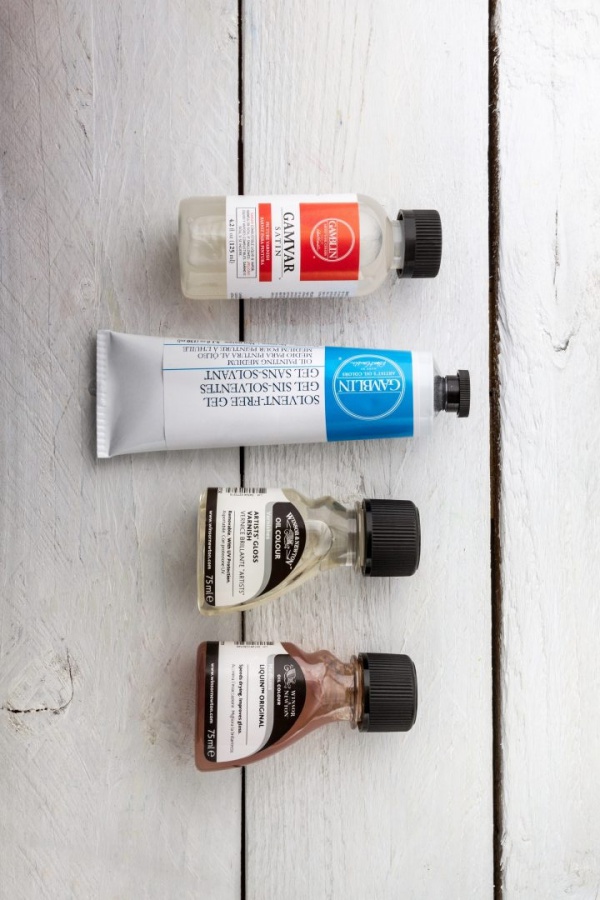
They are used to protect the completed paintings from dust and dirt. It also makes a painting shiny and evens out its final appearance. Varnishes can be applied to oil or acrylic paintings but they cannot be applied to paintings done using other media as they may cause discoloration and later on the varnish can’t be removed from it. Both versions- glossy and matt can be achieved while using varnishes.As a beginner, you can try some of the new acrylic paintings to admire.
7)Palettes
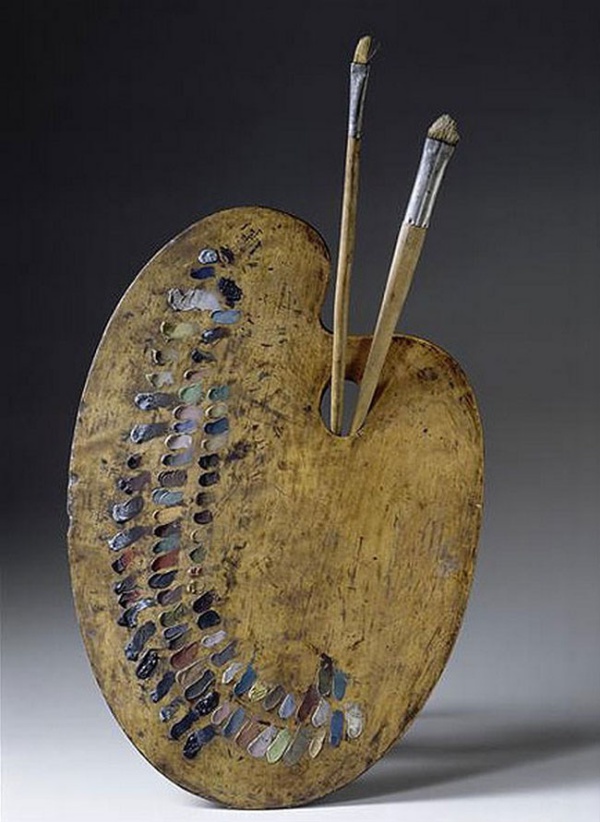
It is the surface that a painter uses to mix his paints. There are many types of palettes in the market some include- plexiglass, safety glass, real glass, stay-wet palettes, traditional wooden etc. Acrylic paints tend to dry out quickly and this sometimes becomes a problem if the painting has to be left incomplete to run some errands or to get a night sleep, here stay-wet palettes become very handy as they retain moisture and prevent the acrylics from drying out. A piece of real glass can be used as a palette because it has a smooth surface ideal for mixing colours but it has to be handled with care as it shatters if mishandled. In such cases, safety glass palettes are a good option because even if they break they don’t shatter into pieces. Chinaware dishes can also be used as palettes.Mixing of colors is a professional art foam and some of the amazing color palettes inspired by animals we can actually use like a pro.
8)Turpentine or mineral spirits
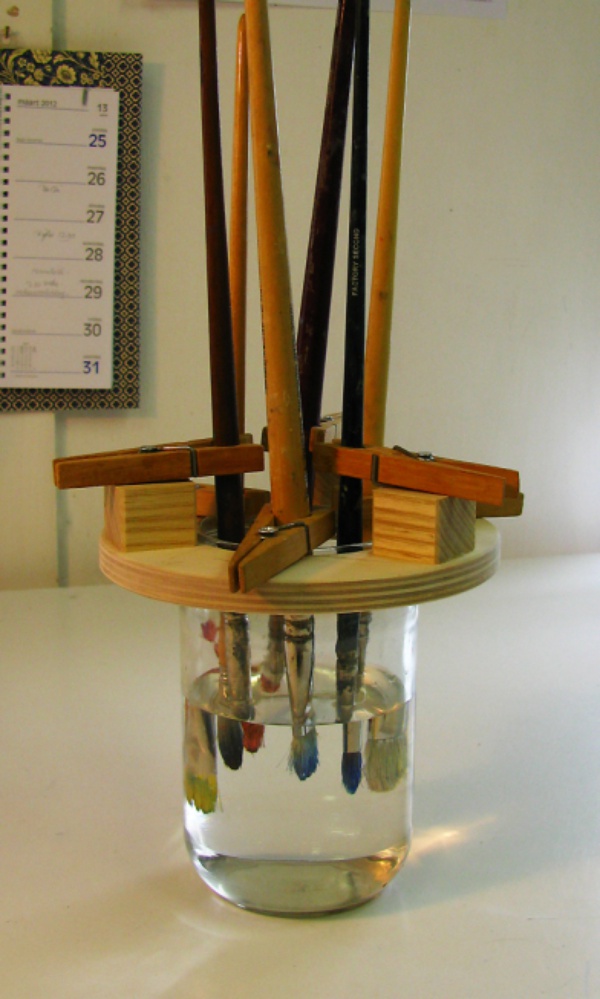
Turpentine is usually used for cleaning brushes after using oil paints.Oil paints are quite difficult to handle if you understand than simple oil painting techniques help you to become a professional artist. There are other alternatives to turpentine, mixtures of odorless mineral spirits are also available in the market these days.
9)Linseed oil/water

These are used for diluting paints- water for water-based paints like watercolors and linseed oil for oil paints. These are required to achieve an appropriate consistency of the paints without losing their texture.
10)Bowl or Jars with Silicoil

Bowls for keeping water for cleaning the brushes or when using oil paints jars with Silicoil filled with turpentine prove very handy and helpful while cleaning the brushes. when you are dealing with brushes than you must know the Different type of brushes and their information.
11)Rags or newsprint Painting Tools For Beginners

These are used for wiping hands and cleaning brushes after they have been dipped in the cleaning medium like water or turpentine. Cloth can get very dirty so plain newsprint can give more mileage.
12)Palette knife
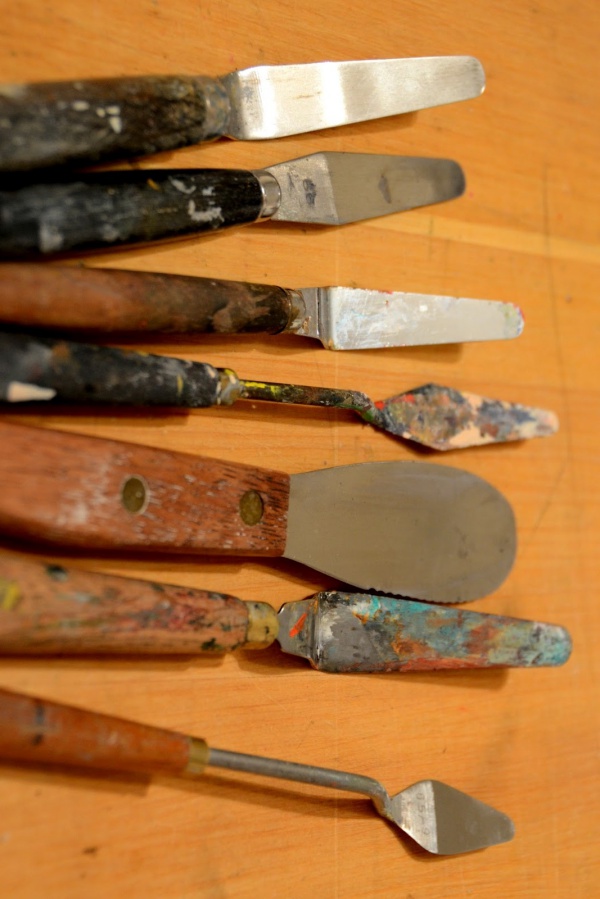
This is a blunt tool that can be used to mix or apply paint. It has a flexible steel blade and proves very useful in producing textures while impasto painting or marbling decorative endpapers.
13) Werner Work Platform
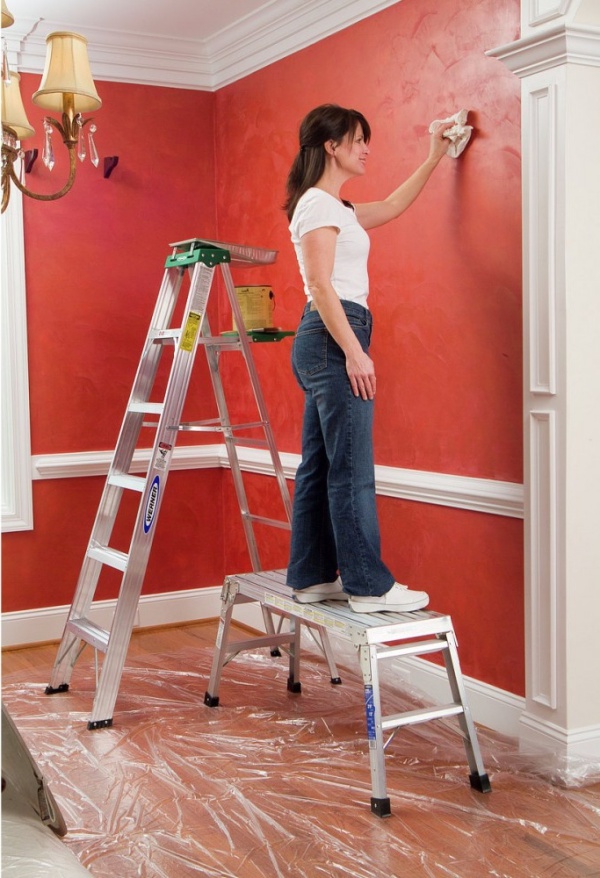
If a painting has to be done on walls this tool is better than a ladder because it accommodates the entire setup along with the painter so that the painter does not have to move up and down every few minutes to fetch this item or the other.
14) Heavy Duty No-Slip Drop Cloth
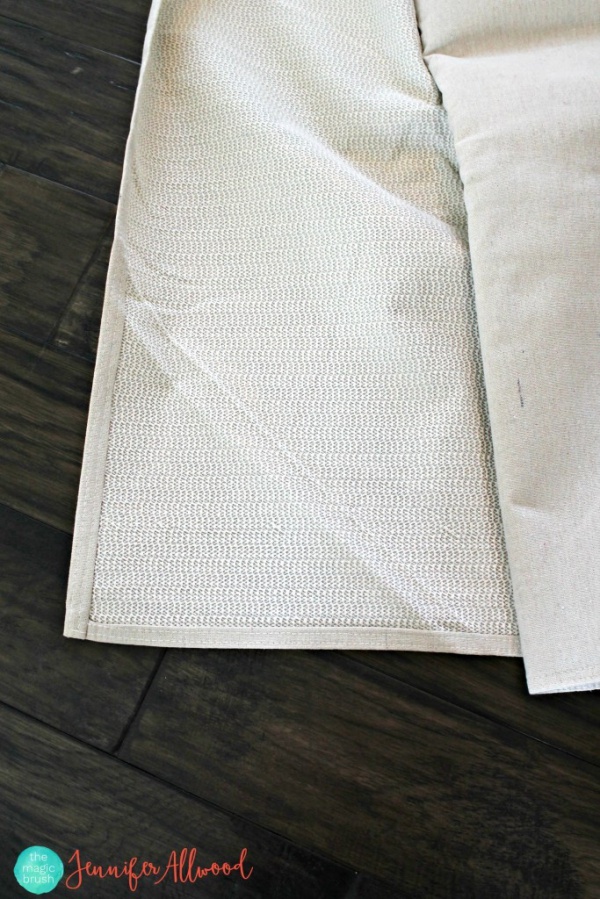
While working with oil paints it becomes very difficult to remove their stains, so it is advisable to use this cloth in your working area. And it can be reused and is foldable so won’t occupy that much space in your storeroom.
15) Miscellaneous
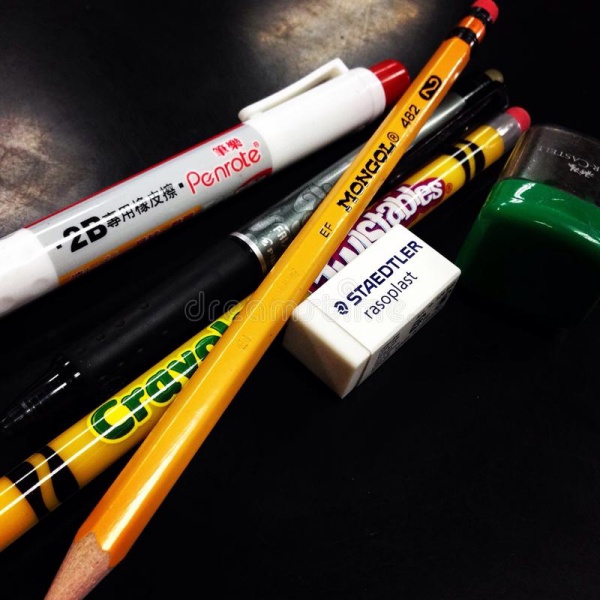
a)Pencil-Wooden or mechanical pencils can be used. Staedtler, Derwent are some brands in pencils that can be tried.
b)Erasers-They prove to be very handy for beginners!
c)Pens-Some artists like to use pens rather than pencils. Faber castle is a brand worth trying in pens.
